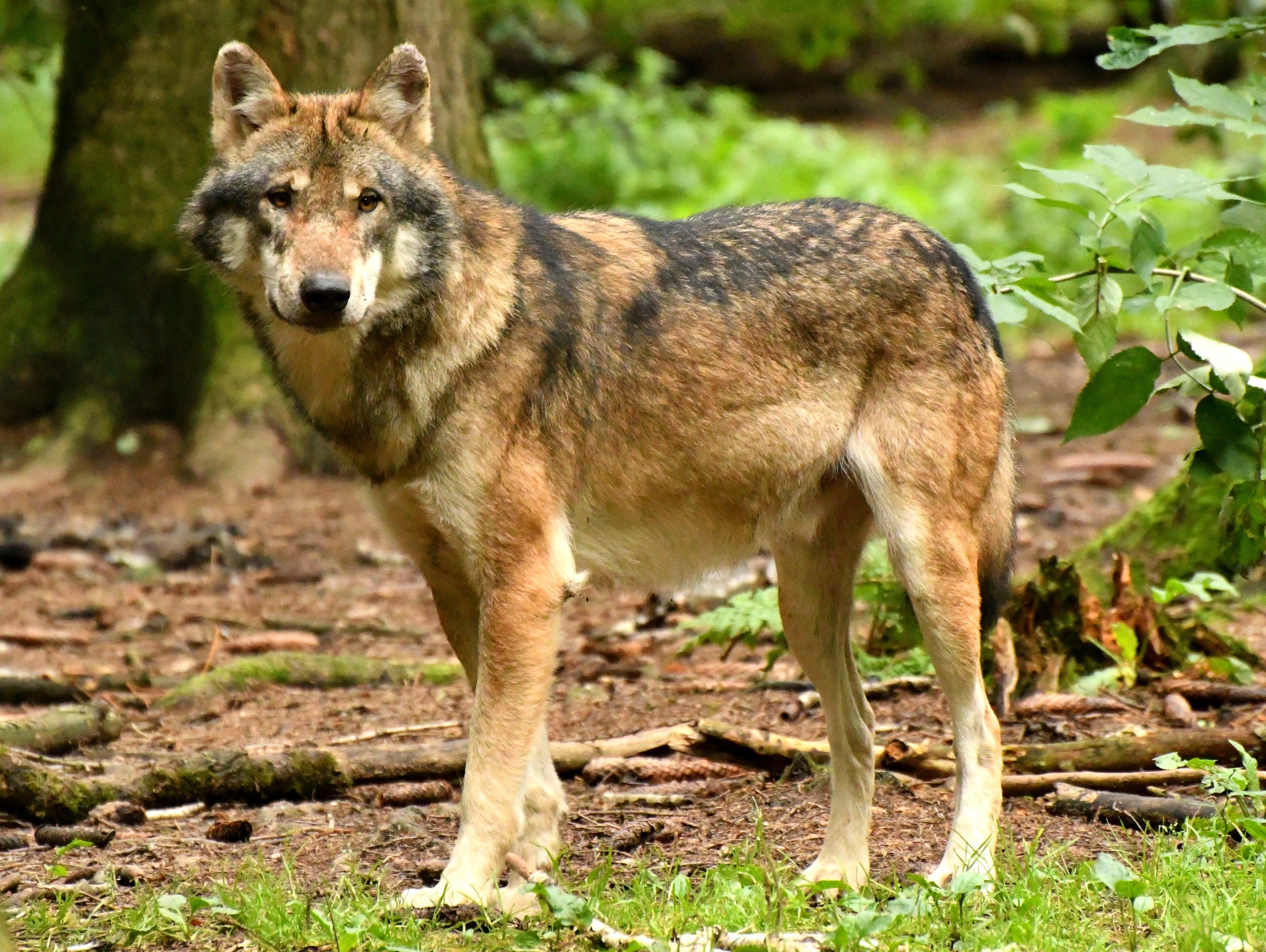Fewer than 20 of the canines still live in the wild

One of the fewer than 20 red wolves that remain in the wild was recently struck by a vehicle and killed. Image by (iftikhar Ahmad Khan)
One of North Carolina’s few remaining red wolves was hit and killed by a car last month.
According to wxii12.com, the red wolf named Muppet was one of fewer than 20 that survive outside of enclosures.
“Muppet’s tragic death brings North Carolina’s beleaguered red wolves one step closer to extinction,” said Will Harlen, a senior scientist at the Center for Biological Diversity. “The world’s most endangered wolves should not be roadkill, especially when we know that building wildlife crossings could save them from being hit by vehicles."
Muppet, which was hit and killed on April 15, was the fourth red wolf killed by a car in the past 10 months. Six months earlier, Muppet’s father was also killed by a car along the same stretch of Highway 64, which runs through Alligator River National Wildlife Refuge in North Carolina. Vehicles have killed two other red wolves in the same area in the past year.
Muppet, named for his long, thick neck, was a member of the Milltail Pack — one of only two families of red wolves in the wild. The pack was comprised of a father and mother wolf and their nine surviving puppies.
All of the wild red wolves live in and around two wildlife refuges in eastern North Carolina near the Outer Banks. Wolf advocates say wildlife crossings could benefit the wolves and other wildlife, such as bears, otters, and bobcats, as well as people, who can be hurt or injured in vehicle collisions involving wildlife.
A coalition of 15 national and regional organizations is requesting $10 million in funds from the North Carolina legislature to build wildlife crossings across the state, including crossings along Highway 64 in red wolf territory.
Red wolves once numbered in the thousands across eastern North America, but by 1960, they were nearly extinct. In an effort to save the species, the Endangered Species Act established a captive breeding program and reintroduced red wolves into the wild in eastern North Carolina. The Fish and Wildlife Service’s Red Wolf Recovery Program successfully helped the population increase to more than 130 wolves. After the program was halted in 2015, the population fell to as few as seven. The Red Wolf Recovery Program resumed in 2021, but the endangered wolves still face serios threats to their survival.













